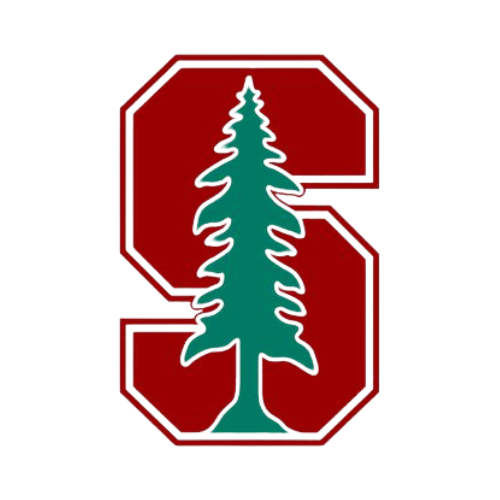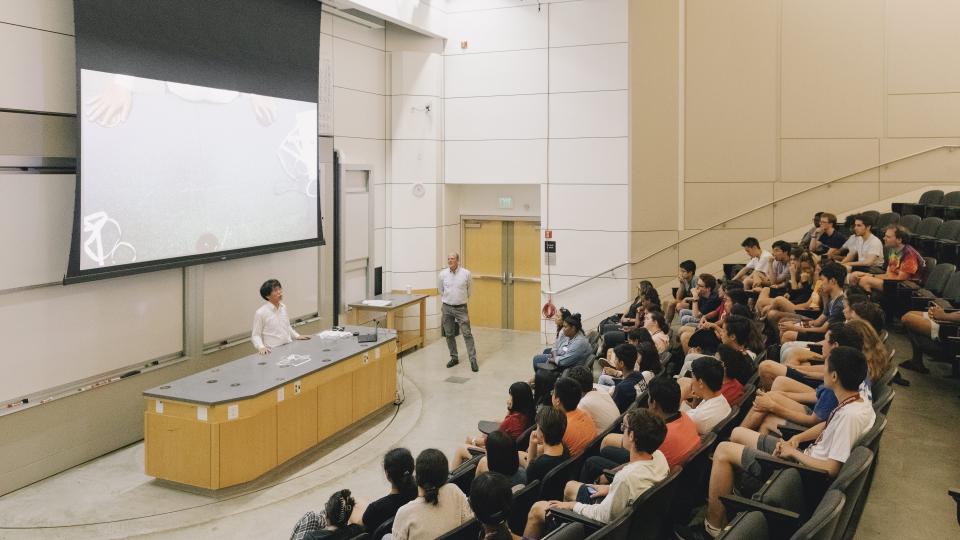




Application is closed


Stanford Math Circle offers quarter-long, afterschool sessions for students, in grades 1-12, that are interested in mathematics. These weekly meetings allow students to add to their schoolwork with challenging extraccircular math engagement.
 Non-credit
Non-credit
 Online, live
Online, live
Overview:
Circles are weekly gatherings that follow a model of education that emphasizes discussion and group problem solving. Our enrichment circles are evening after-school programs that are meant to supplement students' schoolwork and help students develop the creative and critical problem solving that drives developments in a given field.
Grades 1–2:
The Elementary Circle is aimed at mathematically motivated students in grades 1–2. The main objective of this class is to introduce young children to the elements of mathematical culture and ideas using age-appropriate activities.
Grades 3–4:
The Elementary Circle is aimed at mathematically motivated students in grades 3–4. The main objective of this class is to introduce young children to the elements of mathematical culture and ideas using age-appropriate activities.
Grades 5–6:
The Middle School Math Circle is for students in grade 5–6 who are motivated to explore topics in mathematics outside the standard school curriculum. Teaching methods will vary depending on the lesson’s mathematical content, and may include demonstration of experiments, storytelling, guided discussions, independent work, teamwork, hands-on activities, and handouts. The same instructors run the circle throughout the year.
Grades 7–8:
The Middle School Math Circle, for students in grades 7–8, provides an age-appropriate introduction to the more advanced topics and problem-solving methods of the high school circle. Mathematicians and math educators lead each session, exploring problem-solving, abstract reasoning, and mathematical topics outside the school curriculum.
Grades 9–12:
The High School Math Circle, also known as the Advanced Math Circle, is for students in grades 9–12. Each week, a different mathematician leads the session, exposing students to fun, creative, or challenging concepts that go beyond what they're likely to see in their ordinary school classes.
All Stanford Math Circle classes will be held online.
Elementary to High School:
We provide programs appropriate for all age levels in grades 1–12.
Passion for Mathematics:
These programs are for students who are passionate and excited about mathematics and want to see and do more.
Mathematical Thinking:
In the elementary circle, the focus is on logical reasoning, “thinking like a mathematician,” and problem solving.
Higher Mathematics:
In the middle and high school circles, students are exposed to skills and topics in higher mathematics that are outside the standard mathematics curriculum.
Age:
Students in grades 1-12 at the time of application submission are eligible.
Courses are filled on a first-come, first-served basis.
Deadline:
You may add your student to the Waitlist for Stanford Math Circle, Spring Quarter 2023.
 Mar 28 - Jun 01
Mar 28 - Jun 01
 9 weeks
9 weeks
Financial Aid
Financial aid is not available.







Application is closed

Useful Resources

























Tell us your
opinion about us